
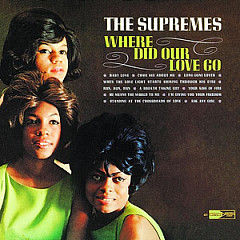
Holland-Dozier-Holland originally wrote "Where Did Our Love Go" with The Marvelettes in mind, but they turned it down. Marvelettes lead singer Gladys Horton sang in a lower key than Diana Ross, so when The Supremes came to record the tune, Ross was forced to sing in a lower, breathier style than she was used to.
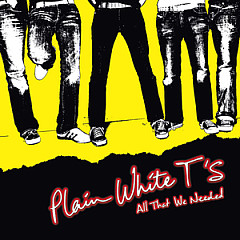
When he met Delilah DiCrescenzo, Plain White T's lead singer Tom Higgenson told her he'd write a song about her, and came up with the first verse of "Hey There Delilah" on the spot.

"Just Dance" was Lady Gaga's first hit, and it also brought the techno-synth sound that had been popular in Europe for the previous decade to the United States.
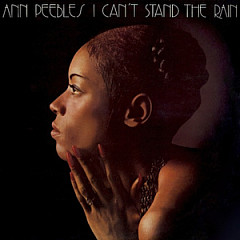
Ann Peebles' "I Can't Stand The Rain" originated from a comment made by the singer to her husband, Don Bryant, when they were preparing to head out to a blues show and it began tipping down with rain.
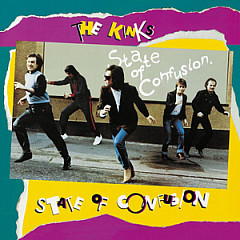
"Come Dancing" by The Kinks was inspired by the older sister of Ray Davies, who would make guys take her out dancing and spend their money on her, only to send them home frustrated with just a peck on the cheek.
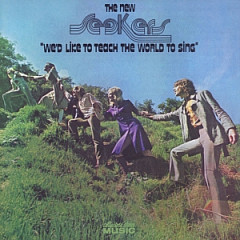
The first hit song that was used in a commercial before it was released as a single was "I'd Like To Teach The World To Sing," which was written for a Coke ad.

"When seeds that you sow grow by the wicked moon/Be sure your sins will find you out/Your past will hunt you down and turn to tell on you."
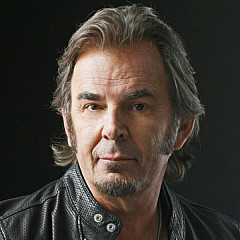
Cain talks about the divine inspirations for "Don't Stop Believin'" and "Faithfully."
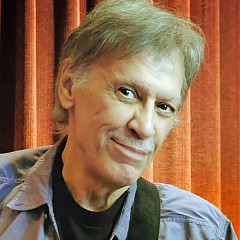
Steppenwolf frontman John Kay talks about "Magic Carpet Ride," "Born To Be Wild," and what he values more than awards and accolades.
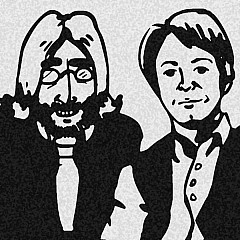
The author of Help! 100 Songwriting, Recording And Career Tips Used By The Beatles, explains how the group crafted their choruses so effectively.

The stories behind "Whole Of The Moon" and "Red Army Blues," and why rock music has "outlived its era of innovation."